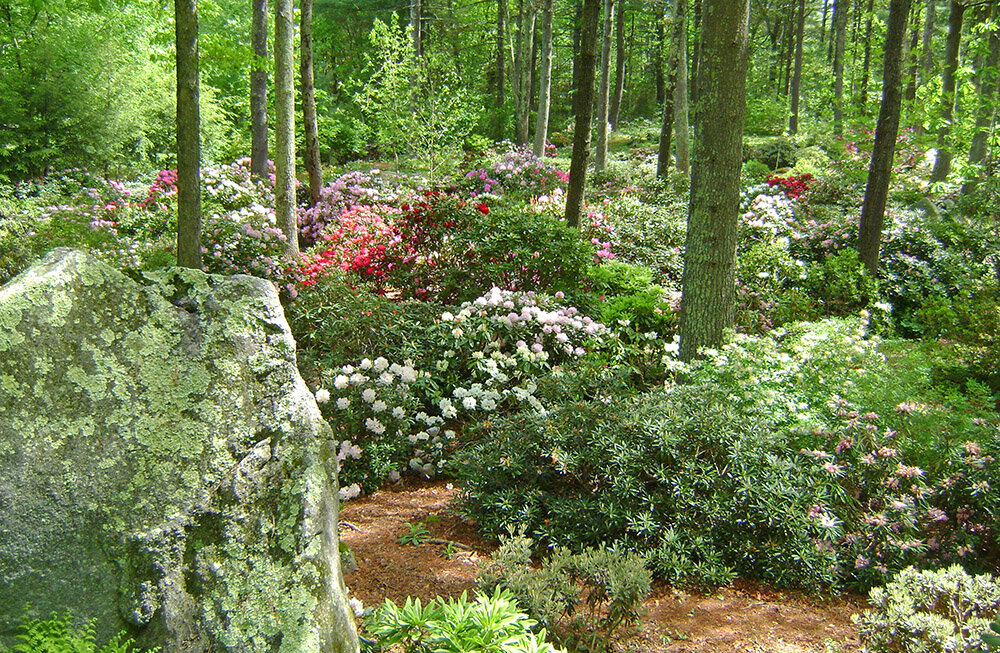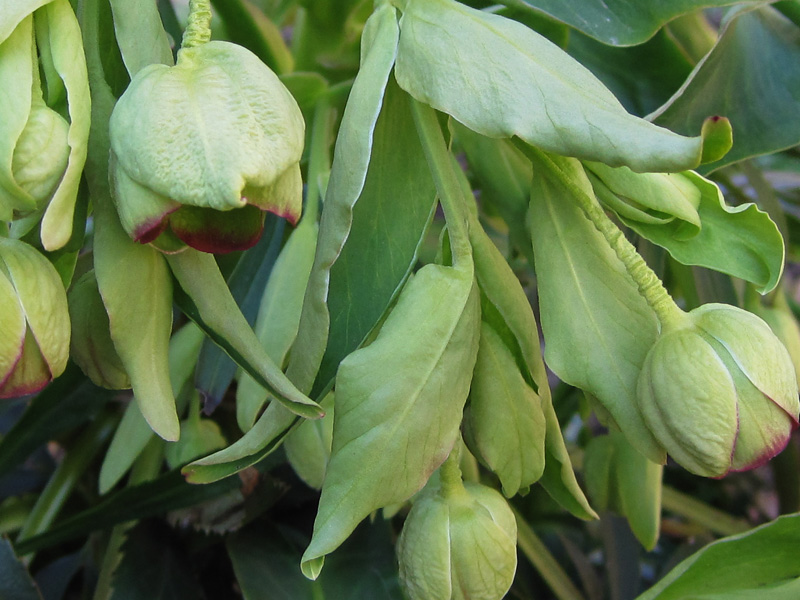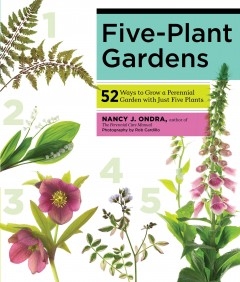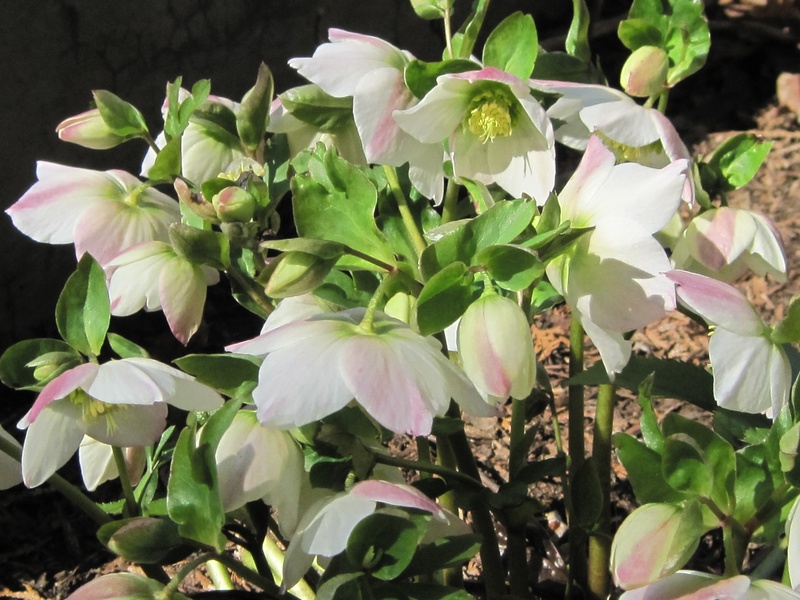Centaurea Montana: A Cottage Garden Favorite
/Centaurea montana captured my interest many years ago, when I saw it in the garden of the Holliston Historical Society. The flowers of this Mountain Bluet were similar to the annual cornflower that I had grown from seed, but they were much larger, on a plant sporting silvery, fuzzy leaves and a bushy habit. Best of all, Centaurea montana was a perennial, so it would not need to be planted every year. I was sold, and shortly acquired three plants of my own.
Centaurea montana, also called “Perennial Bachelor’s Button”, has been flowering in gardens for centuries. Equally at home in cottage gardens or more naturalized settings, Centaurea is an old-fashioned flower with a relaxed habit, and long-lasting, boisterous blooms that are equally charming in a vase as they are in a garden bed. Its bright blue flowers open from attractive buds in late spring, then leave behind a mass of vigorous, silvery-green woolly foliage. In my early summer garden, the cornflower hue complements the blues of baptisia, geranium ‘Johnson’s Blue’, salvias and alliums, and contrasts with the bright yellow blooms of ‘Stella d’Oro’ daylilies, sundrops, and the foliage of dicentra ‘Gold Heart’ and lamium ‘Cannon’s Gold’.
Centaurea’s history extends all the way back to ancient Greek mythology. When Chiron the Centaur was wounded by one of Hercules’ poisoned arrows, he was cured by this herb’s amazing healing powers. In times past, Centaurea was appreciated for its astringent herb qualities, and its flowers were used to treat minor wounds, mouth ulcers and eye ailments such as conjunctivitis. Today, extracts of the plant are used in shampoos and conditioners.
As a garden plant, I have found Centaurea montana to be a versatile perennial that grows best in full sun to light shade in ordinary garden soil. It tolerates drought once established, but will not thrive in waterlogged conditions. Its short stature makes it ideal for the front or middle of a perennial border. Centaurea blooms in late May to late June, at which point I cut it back to secondary stems for continued blooms. Once the plant starts to look ragged in mid-summer, I trim back the stalks to the basal leaves, and wait for a second flush of blooms in late summer. After flowering, Centaurea montana self-seeds freely, creating welcome drifts in cottage gardens. I always have enough plants to share with friends but not so many that I find it invasive.
New hybrids of Centaurea montana have recently been introduced. ‘Amethyst in Snow’ has silky white blooms with royal purple centers. My friend Kathy grows this Centaurea in a garden filled with dark purple bearded iris, purple heuchera, and Rhododendron ‘Calsap’, with its striking white blossoms adorned by a dark purple splotch. Echoes of purple and white accented by chartreuse and yellow create a garden that is energetic and fresh.
Another new cultivar of Centaurea Montana is ‘Gold Bullion’, a dramatic combination of electric yellow foliage, black-etched buds, and lacy, bright blue flowers.
‘Black Sprite’ is a dramatic hybrid with purplish black flowers that bloom from July to August and would look terrific underplanted with Black Mondo Grass. Whether you prefer the cottage look of the original cornflower blue Centaurea, or the modern appeal of ‘Black Sprite’, Centaurea montana will add an interesting twist to your summer garden.


































































